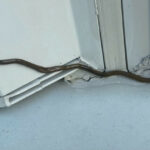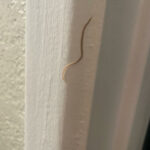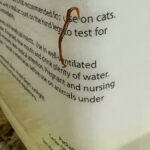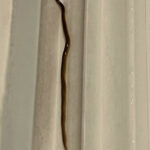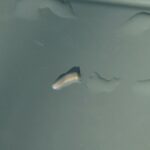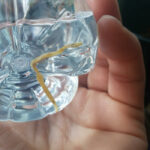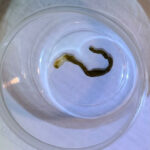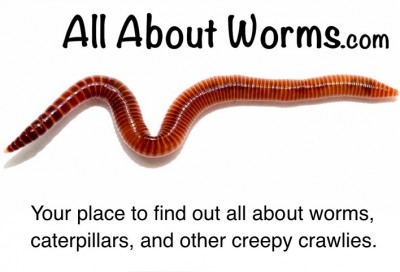Flat worms, or flatworms, are among the simplest organisms. Of course, the name flatworm is descriptive of their shape – yes, they’re flat. Scientists have identified about 20,000 species of flatworms and suggest there are many more. Most of these worms are parasites, but all types fall into three categories: tapeworms (Cestoda), flukes (Trematoda), and planarians (Turbellaria). The entire group is known as Platyhelminthes, which is an animal phylum. Flatworms were essentially the first organisms to acquire true worm shape and basic internal structure.
Planarians require a moist environment, whether it’s fresh or saltwater. They are not parasitic and commonly inhabit coral reefs. Flukes and tapeworms are parasites and, throughout their life cycles, will seek other hosts.
The flatworm anatomy will vary among the many species, most of which do not have common names. They have no lungs nor do they possess a circulatory system, although some feature a complex branching system to disperse nutrients. Their flat bodies allow them to ingest oxygen across the surface. Their thin profile is composed of three cell layers: endoderm, mesoderm, and ectoderm.
Even more interesting, however, is the fact that they have a single body opening – the mouth. What goes in must, after digestion, come out in the same direction. Flatworms do have a system for controlling water absorption. They can excrete some unwanted materials through what are called “flame cells.” These bear tiny hairs, or cilia, that act as filters.
In fact, flatworms can be voracious predators. Before any food is consumed, flatworms coat it in enzymes that break down the cell structures. They can literally attack earthworms in great numbers and turn them to mush before sucking the remains into their intestinal system.
Some flatworms are invisible to the naked eye while others, such as the tapeworm, can reach several feet lengthwise. Most have two brains but these amount to nothing more than nerve bundles, known as ganglia. They can sense light and dark through two eyespots.
Marine flatworms, or polyclads, are also fascinating. Many are blessed with brilliant colors, and may be mistaken for nudibranches. Their bodies produce a poison that keeps most predators at bay. They can be incredible hunters and scavengers. In water, they may prey on fish, often endangering entire hatcheries. The flat worms attach to their hosts and eat through the skin.
Flatworms continue to fascinate researchers. Planarians are commonly used in biology classes. There is some debate as to a definitive classification. Few fossil records exist that precisely detail flatworm structure and habits.
All About Worms is always free, always reader-supported. Your tips via CashApp, Venmo, or Paypal are appreciated! Receipts will come from ISIPP Publishing.



